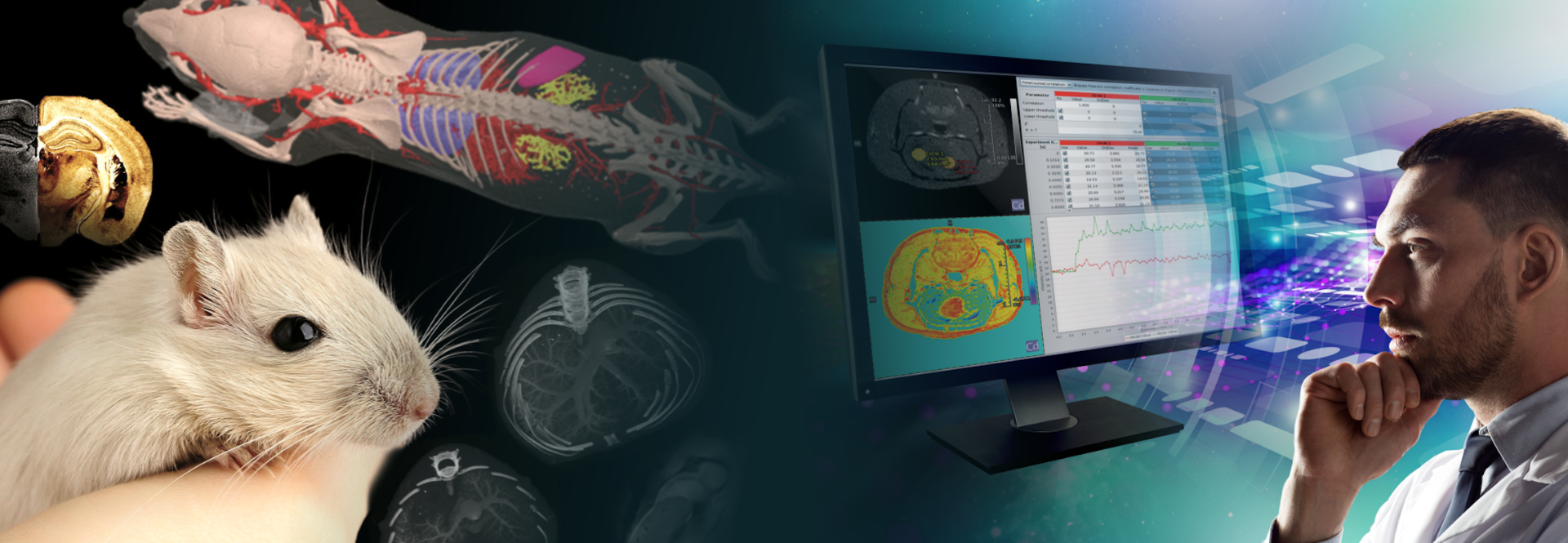

Where high fields matter: Investigating the Brain at Multiple Levels of Organization
Webinar Overview
Klaus Scheffler provides an overview of the different levels of structural and functional organization of the brain and which imaging modalities cover which levels at which resolutions, demonstrating that higher field MRIs can probe finer levels of structural and temporal organization. He then shows a great range of functional studies with resolutions below 15 µm and anatomical studies with resolutions below 40 µm at 14.1 T, including research from Alzheimer, to line-scan and concurrent optical and fMRI, to wood samples from 3rd century military ships.
On Demand Session
Speakers
Klaus Scheffler
His work is focused on developing new magnetic resonance techniques that advance the understanding of neuronal activity and connectivity, as well as on the neurochemistry of the brain. Besides functional MRI, which measures nerve cell activity indirectly via the blood flow and blood oxygenation response, he applies magnetic resonance as a tool to map neurochemical and neurobiological brain processes directly. Two ultra-high field MRI systems, one with a field strength of 9.4 Tesla and a usable volume of 60 cm diameter for human studies and a 14.1 Tesla MRI system for small animal studies provide optimal research opportunities.